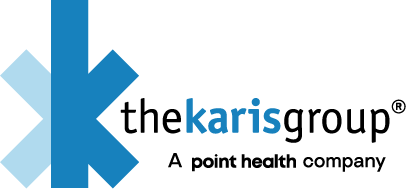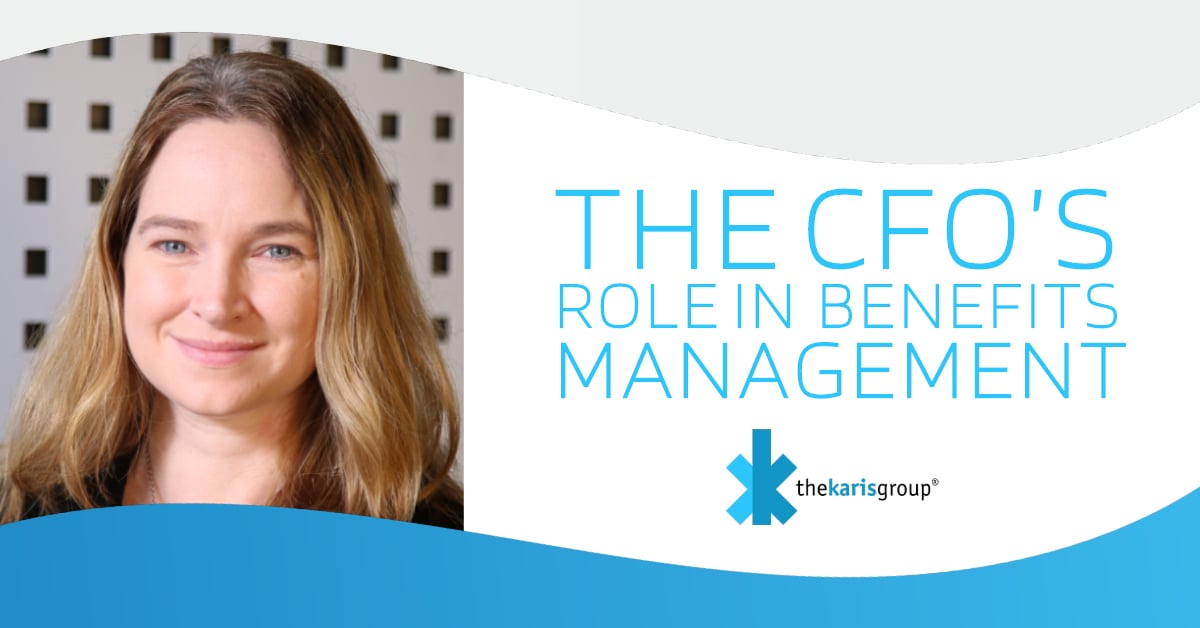When you are faced with skyrocketing benefit costs, how do you choose the most cost-effective solution while also ensuring your employees are well covered? How do you keep your employees from drowning in high deductible health plans while you also are responsible for keeping costs from continually rising and draining your profit margin?
Company benefit decisions may account for just a fraction of a CFO’s overall workload. Still, healthcare benefit expenditures are accounting for a larger fraction of total corporate expenses every year, across industries, and the country. Not only are benefits eating up a big chunk of your company’s profits, but the high-priced options for healthcare coverage for your employees are less economical as deductibles and premiums rise year over year, while fewer providers, procedures, and medications are covered, leaving you paying more for less.
As CFO, you want to offer your employees a generous and competitive package that is both high in value and doesn’t break the bank. It can seem like a lose-lose scenario as you face options where both your company and your employees continue to bear more and more of the healthcare cost burden. On top of that, a revolving door of plans adds confusion into the mix every time you try a new solution.
You are not alone.
88% of CFOs said cost control is one of their top 5 goals in managing health benefits, and nearly half (44%) ranked controlling costs as their most important goal. 34% of CFOs said health benefits are also an essential tool for achieving strategic goals including:
- Attracting, retaining and engaging talent.
- Helping employees become better health care consumers.
- Helping employees better manage their health.
- Improving workforce productivity.
According to Glassdoor’s 2015 Employment Confidence Survey, about 60% of people report that benefits and perks are a major factor in considering whether to accept a job offer. The survey also found that 80% of employees would choose additional benefits over a pay raise. Better health, dental, and vision insurance topped the list of benefits most valued by job seekers, with 88% of respondents saying that they would give this benefit “some consideration” (34%) or “heavy consideration” (54%) when choosing a job. Health insurance is the most expensive benefit to provide, with an average cost of $6,435 per employee for individual coverage, or $18,142 for family coverage.
Health Benefit Options:
With the constant strain between cutting costs and attracting and retaining talent with competitive benefits, it can be hard to strike a balance. How can you tackle this critical and growing problem?
1) Consider adding a non-traditional healthcare choice to your company benefit portfolio, such as a reputable group share option. This option is a less familiar option for employees who are used to traditional insurance but is a growing and viable part of the healthcare market that relies on cash pay medical prices as a starting point rather than on inflated insurance billing rates (as in The Case of the $629 Band-Aid).
2) Set up a Health Savings Account plan for your employees so that they can put aside pre-tax pay for medical spending. This can help employees bear high deductible insurance plans. As an employer, you can choose to match employee contributions to help offset medical costs. This option is a valuable benefit to offer because any unused amounts set aside in an HSA account (IRS max of $3,500 for self-only coverage and $7,000 for a family in 2019) rolls over into the next year, making it an effective pre-tax savings tool for future medical costs.
3) Broker communication is encouraged. Ask how your benefits broker is compensated to find out whether your broker is acting solely in your interest rather than in the insurer’s interest. Also, keep in contact with your broker between renewal periods regarding any business changes so that they get to know your business and can keep an eye out for you in the market. Build a relationship with your broker and try not to end up with a reputation for jumping around from broker to broker, which can result in higher premiums.
4) Educate your employees. It's valuable to your company when your employees understand how to use their benefits. This communication shouldn’t fall solely to your HR team but should be a concerted effort to avoid rising company costs down the line. When employees are empowered to navigate their healthcare efficiently and proactively, it saves expenses for the entire company and the insured group.
As CFO at The Karis Group, a healthcare navigation and cost containment company, I face benefit management decisions for our team here. I also have the good fortune to work at a company that is focused on providing innovative solutions to ever-rising healthcare costs. From a financial standpoint, it can be easy to feel trapped by the annual rotation of benefit enrollment periods, brokers, and ever-rising premiums. Still, I believe that cost containment at any level requires collaboration and participation.
My best advice is to problem solve benefits management as a team. Ask your team, what strategies did we miss? What are your ideas for keeping health insurance costs down without cutting employee health benefits?
This blog was authored by Erica Vogel , The Karis Group’s Chief Financial Officer. We are grateful to have such an exceptional leader, like Erica, to guide The Karis Group towards healthcare benefits innovation while containing costs.
To learn more about The Karis Group and our Karis Cost Containment Services, you can visit our What We Do page or Contact Us to schedule an intro call.





